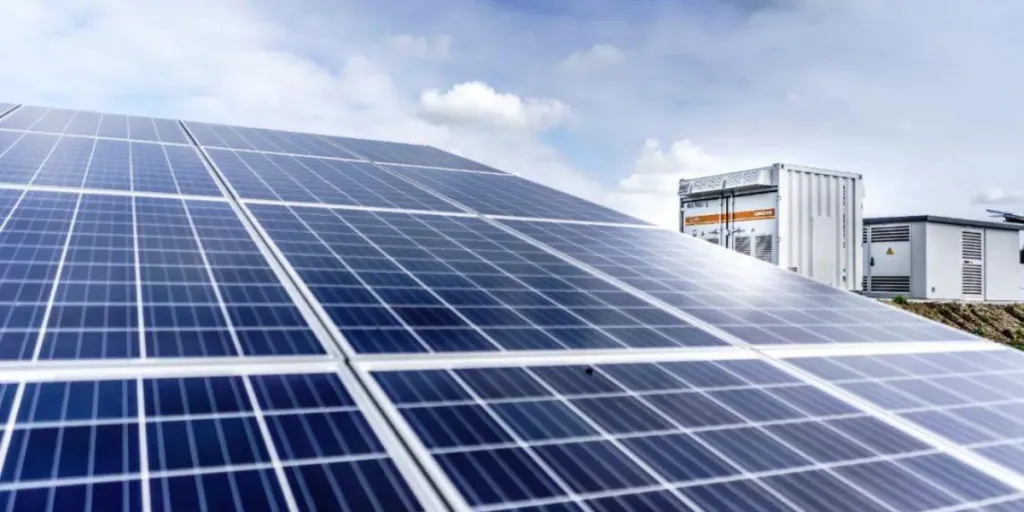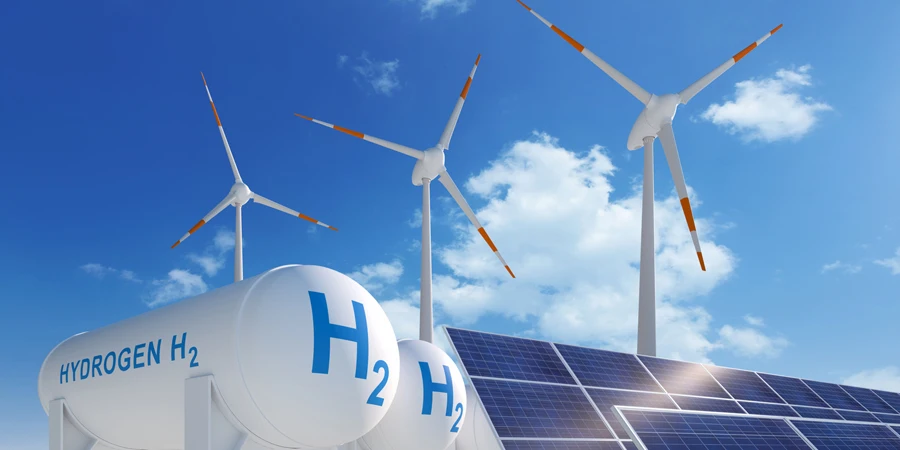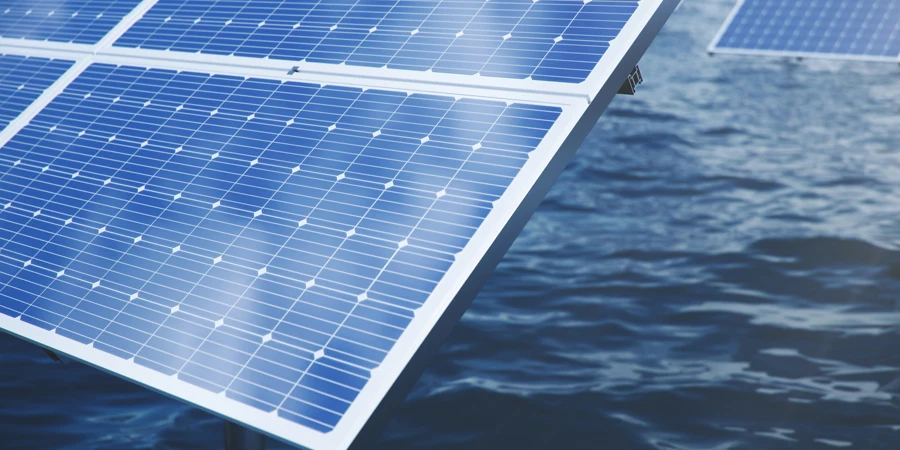Climate change is an ever-increasingly present disaster. It comes as huge floods displacing millions and killing thousands in Pakistan or terrifying wildfires decimating lands & homes in Australia, which further damages the ozone layer. Also, it could be severe droughts drying up major rivers and bodies of water from the United States to China. Unfortunately, climate change comes with humans suffering from starvation & dehydration, loss of animals & habitats, and loss of agricultural lands–which translates to less food for a global population. So, the big question is: does climate change drive solar growth? Read on to find out.
Table of Contents
The effect of greenhouse gas emission
What is solar and why is solar energy growing so fast?
What are the major drivers of solar energy growth?
What are some obstacles to solar growth?
Conclusion
The effect of greenhouse gas emission
A major contributor of greenhouse gas (GHG) emissions that lead to climate change is energy generation through fossil fuels. And most of the 100 companies responsible for 71% of GHG emissions are from the fossil fuel sector. Thus, the importance of switching to renewable sources can’t be overstated.
Some erratic weather patterns like floods, earthquakes, and fires impact many renewable energy systems. In 2020, 87% of globally generated electricity, including nuclear, thermal, and hydropower, depended directly on water availability. So, it poses problems for the sector. But solar is a major renewable energy system that stands out for its ability to generate power without water and in variable conditions.
What is solar and why is solar energy growing so fast?
Solar power is a renewable energy source that takes natural sunlight and converts it into energy via panels or mirrors that concentrate solar radiation. This energy can be stored in batteries or thermal storage.
As mentioned, solar power is one of the few renewables that isn’t water-reliant. Additionally, the panels used in solar energy systems are affordable, easy to install and come in different sizes. Therefore, solar panels can be installed easily on various surfaces, from houses and farms to campervans. Also, they are smaller and cheaper than wind turbines. Further, they work quietly, are adaptable, and work all the time (so long as there is some sun).
Ttherefore, it’s no surprise that solar power is seeing huge investment and growth. In 2020, the solar industry grew by 43% in the US. In 2021, the industry grew by 23% globally, and in 2022 there was a 36% year-on-year growth through February compared to the first two months of the previous year.
What are the major drivers of solar energy growth?
Climate awareness is a driving factor in the adoption of home solar systems. Additionally, an increase in energy demands, as the world population grows and standards of living rise, coupled with a rise in energy costs and a need to appear sustainable to investors and customers alike, has pushed many businesses to switch to solar.
Government renewable energy grants
In the quest to hit clean energy targets at COP27, governments worldwide are implementing measures to drive growth in this sector.
The European Union has released 660 million euros worth of subsidies for boosting renewables and reducing CO2 emissions. The Next Generation EU fund subsidies will be available for installing solar panels in most homes.
In the USA, state grants and low-interest loans exist to help low-income households transition to reduced energy bills through renewables. A good example is the Green Retrofit Grant, which offers $250 million for household solar installations. The U.S. Department of Energy (DOE) uses its Weatherization Assistance Program (WAP) to help over 35,000 households transition to more efficient and cleaner energy each year.
Grants and loans that aim to promote solar installation from households to businesses can be found across the world:
- Canada: grants available for greener homes.
- India: savings of 40%-50% on solar installation.
- China: $236 million pledged to subsidize solar projects in 2022.
- Australia: incentives to help households and small businesses install clean energy systems.
Improved efficiency and reduced cost
The efficiency of solar has improved considerably since American inventor Charles Fritts created the first solar panel in 1883, with an electrical conversion efficiency of only 1%. As a result, governments and big businesses funded this technology, leading to huge improvements in the panel’s conversion efficiency. Today, solar panels including PV, heterojunction, TOPcon, N-type, and PERC all surpass a conversion efficiency of 20%, which is projected to increase over the coming years to around 29% by 2025.
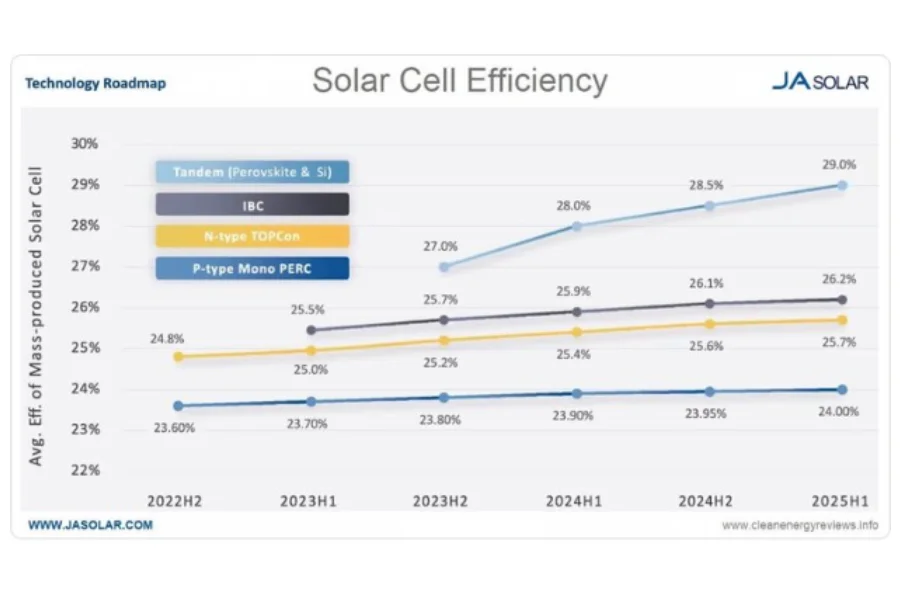
In addition to increased efficiency, developments in solar technology have resulted in cost reductions. For example, the average cost of a solar panel dropped by 90% from 2010 to 2020. Also, the International Renewable Energy Agency (IRENA) projects that by 2025, there will be a further 59% cost reduction for electricity generated by solar PV.

Adaptability
The first solar panels available were not only low in efficiency and expensive, but solid, heavy, and inflexible pieces that were unsuitable for use. Today, solar panels are made of different materials, allowing for installation on a plethora of surfaces—from standard solar panels installed on rooftops to flexible solar panels on sails of sailing boats.
Solar panel materials also vary in color. Hence, transparent surfaces, such as windows, can now be solar panels too. This opens up a whole new dimension, allowing for glass-paneled skyscrapers across the world to create their clean energy and having the norm of agrivoltaic greenhouses.
Solar panels not only vary in flexibility and color, but also in size, which allows for greater adaptability. A huge market for solar panels therefore exists in the motorhome and outdoor products industry, with solar panels installed on all campervan types and rucksacks to power phones and laptops when hiking.
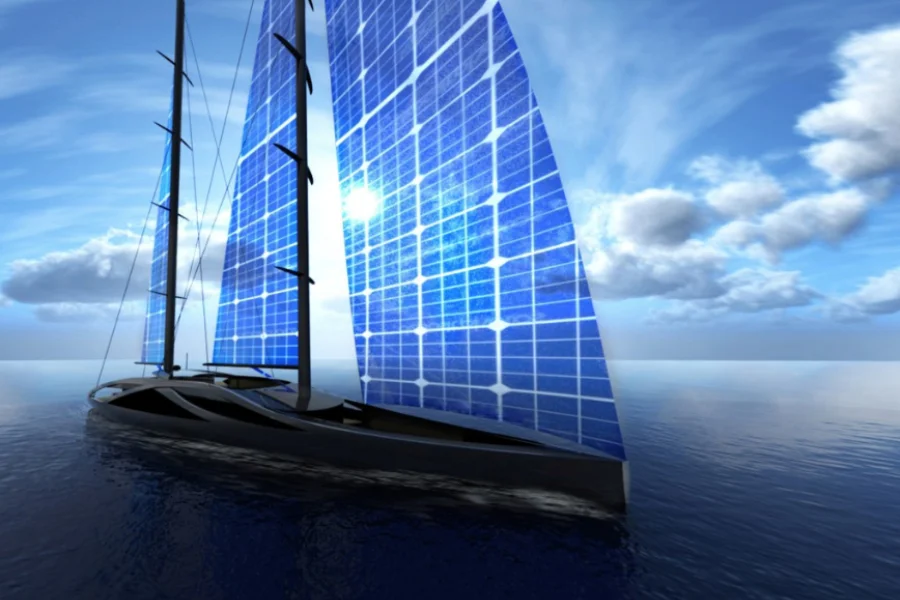
What are some obstacles to solar growth?
Despite the massive growth in the solar industry, there are still a few things holding it back. For example, solar panels require large land areas. Also, these devices work better when there’s sunlight. However, these challenges are being addressed by efficient battery storage units and agrivoltaic farming–where traditional farming is combined with solar farming on the same land area.
A slightly larger issue that is improving but still has a little way to go is solar panel efficiency. New types of solar cells are being developed across the world, however, a 20% efficiency rate means that 80% of the solar rays hitting the panels is wasted. Additionally, despite the clean energy solar panels produce, some of their components are non-renewable. As investment and research in this area grow, solar panel efficiencies will improve and renewable, non-toxic materials will be used in their production.
Conclusion
The solar industry has seen massive growth in the last decade, not only in adoption but in technological advancements. With COP27 and the current energy crisis, there will be increased pressure to reach carbon neutrality, and governments across the globe will invest more in this technology.
No doubt, solar growth still has a long way to go until it reduces greenhouse gas emissions to the bearest minimum. But there’s hope as solar panels get increased funding and adoption yearly to foster the transition to a green economy.

